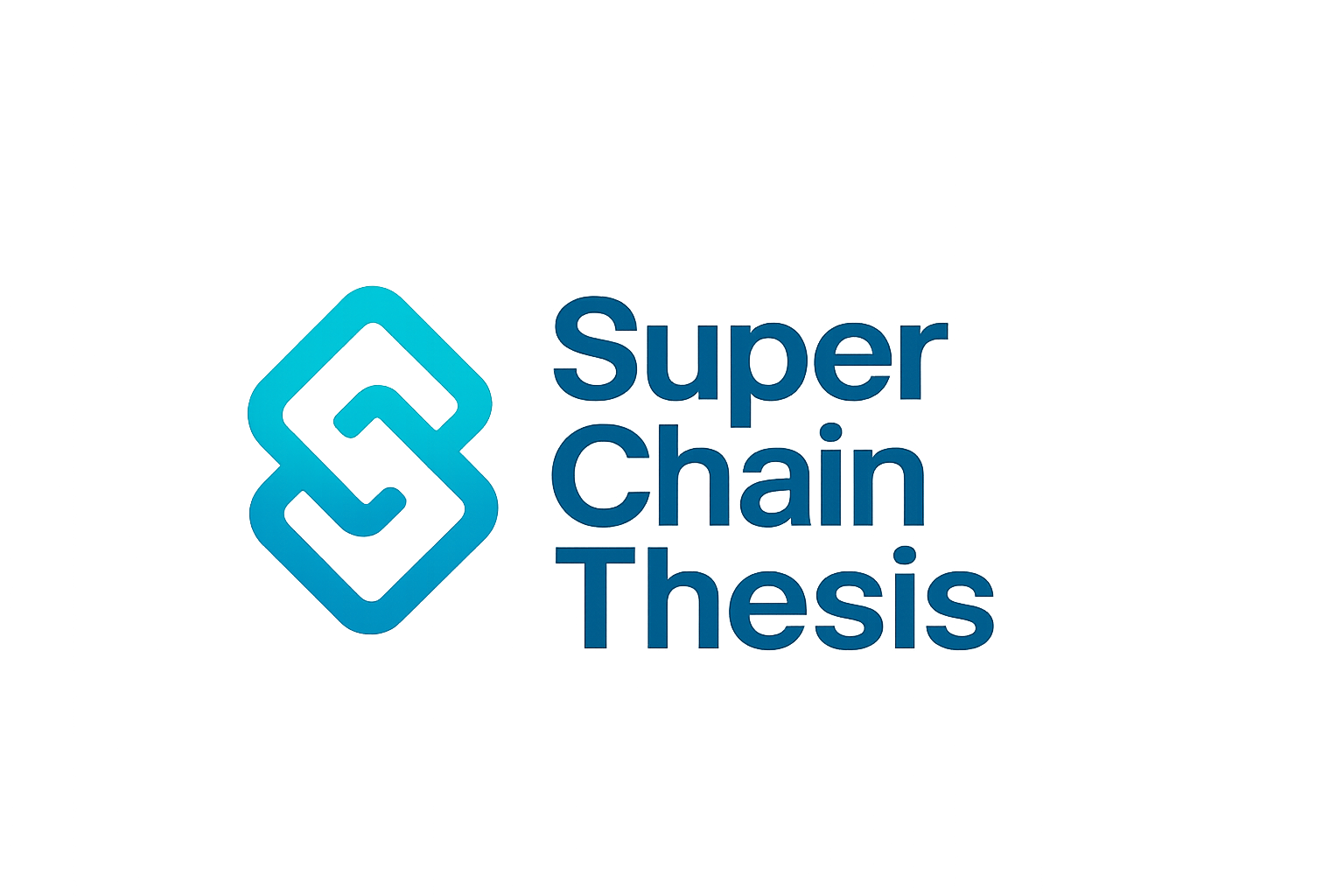
In the fast-evolving world of blockchain, the Rollup-as-a-Service (RaaS) movement is igniting a new era for the OP Stack and the broader superchain vision. Instead of wrestling with months of custom infrastructure work, developers can now spin up scalable, Ethereum-aligned Layer 2s in minutes. This is more than a technical shift; it’s a leap in accessibility and speed for the entire OP ecosystem.
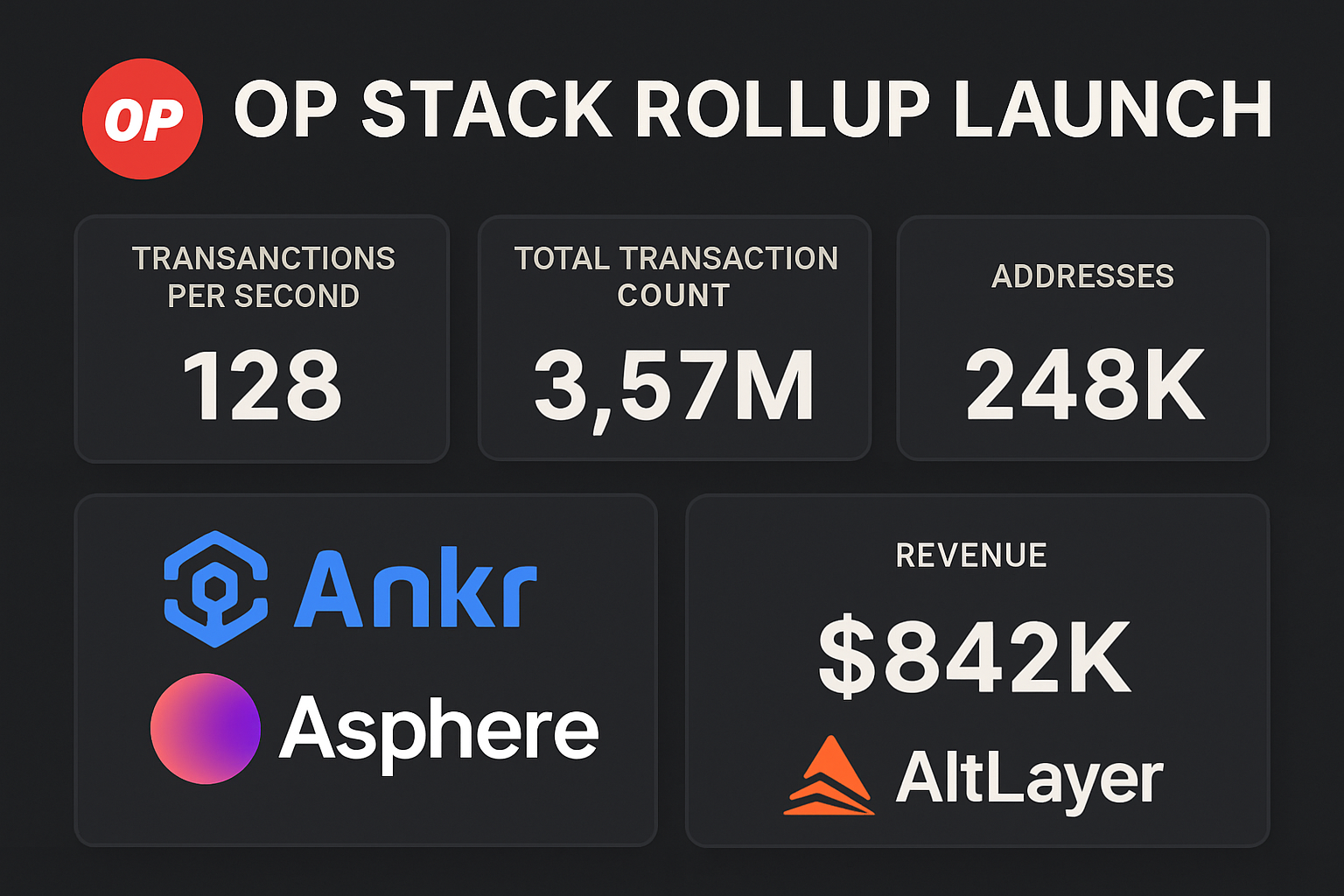
Why RaaS is the OP Stack’s Secret Weapon
Let’s break it down: OP Stack deployment used to require deep protocol engineering and a hefty dose of patience. Enter RaaS platforms like Ankr, Asphere, AltLayer, and QuickNode. These services abstract away the operational headaches, offering streamlined interfaces and powerful APIs. The result? Projects like Lisk are migrating from Layer 1 to Layer 2 with unprecedented speed, leveraging RaaS to plug directly into the OP Stack and, by extension, the Ethereum superchain.
Current market data underscores the momentum. As of now, Ethereum (ETH) is trading at $4,070.65, reflecting a 24h change of and $116.98 ( and 0.0296%). This bullish environment is fueling demand for scalable solutions, making the timing for OP Stack rollups and RaaS platforms particularly potent.
No-Code, No Limits: The Rise of Asphere and Ankr
One of the most exciting trends is the democratization of rollup deployment. Platforms like Asphere No-Code (from Ankr’s enterprise team) have made it possible for anyone – not just Solidity wizards – to launch a custom blockchain. Their intuitive deployers allow users to define parameters, set up decentralized sequencers, and deploy a live OP Stack rollup in minutes. This is a radical shift from the days when only deep-pocketed teams could consider custom Layer 2s.
According to recent coverage, these RaaS solutions are opening the door for startups and enterprises alike to experiment, iterate, and scale, all without the baggage of infrastructure management. The OP Stack’s modularity means each rollup can be tailored for specific use cases, from DeFi protocols to gaming ecosystems, while still benefiting from Ethereum’s security and liquidity.
Superchain Scalability: The Multi-Rollup Future Arrives
The vision of a multi-rollup blockchain is no longer theoretical. RaaS platforms are the connective tissue enabling hundreds of OP Stack rollups to interoperate as part of the superchain. This means unified bridges, shared transaction ordering, and a seamless user experience across decentralized applications.
Take the example of Gelato’s RaaS expansion to the OP Stack. By enabling projects like Lisk to launch their own Layer 2s, Gelato is accelerating the network effects of the superchain. AltLayer’s support for OP Stack rollups, with a focus on no-code deployment, further amplifies this trend. Each new rollup isn’t just another chain – it’s a node in an increasingly composable, interoperable Web3 network.
For a deeper dive into how RaaS is remapping the landscape for Web3 startups, check out this detailed analysis.
What’s truly transformative about this shift is the way rollup deployment tools are lowering the barrier to entry for both established projects and new builders. The OP Stack’s standardized framework means that every rollup launched via RaaS platforms inherits a baseline of security, performance, and interoperability, no more reinventing the wheel for each new chain. This is especially critical as Ethereum’s price holds steady at $4,070.65, attracting more attention from developers eager to build on robust infrastructure while optimizing for lower fees and faster throughput.
This evolution is not just technical, it’s cultural. Communities that once felt locked out by technical complexity or prohibitive costs are now able to launch their own Layer 2s, experiment with governance models, or spin up niche DeFi protocols. The rise of decentralized sequencers within these rollups further decentralizes control and enhances resilience, aligning with the ethos of Web3.
From Isolated Chains to Superchain Synergy
Instead of siloed blockchains competing for liquidity and users, we’re witnessing an interconnected mesh of OP Stack rollups, each tailored but fundamentally linked by shared bridges and security guarantees. This superchain scalability unlocks new possibilities for dApp composability: imagine gaming assets moving frictionlessly between ecosystems or DeFi protocols layering liquidity across multiple rollups without fragmentation.
The practical impact? Projects can iterate rapidly, launch MVPs in days rather than quarters, and scale globally without bottlenecks. The ability to plug into a growing network of interoperable chains makes the OP ecosystem a magnet for innovation, and RaaS is the accelerant fueling this fire.
Top RaaS Platforms Accelerating OP Stack Adoption
-

Ankr Rollup-as-a-Service (RaaS): Empowering developers to launch Ethereum rollups with next-gen tools, unmatched performance, and automatic yield for token holders. Ankr’s RaaS supports OP Stack, making custom Layer 2 deployment seamless and scalable.
-
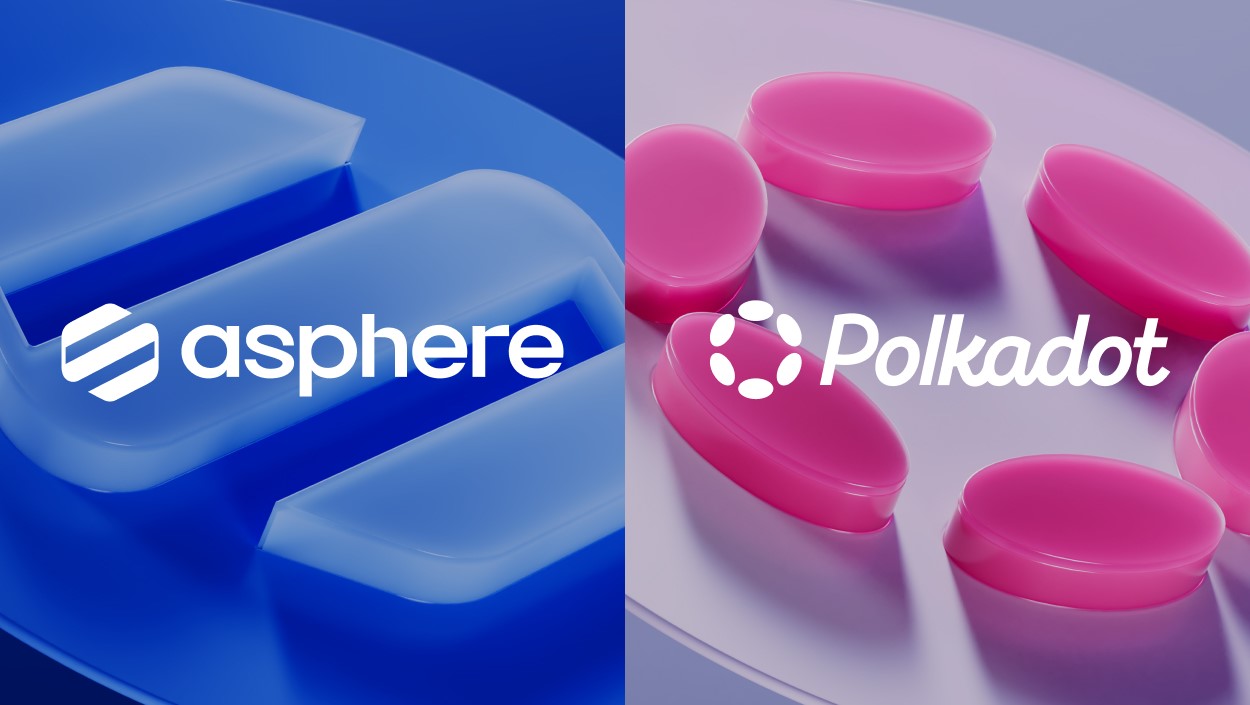
Asphere No-Code Deployer: Built by Ankr’s enterprise team, Asphere offers a no-code platform that democratizes rollup deployment. With just a few clicks, users can launch OP Stack-based rollups, dramatically reducing the time and expertise needed.
-
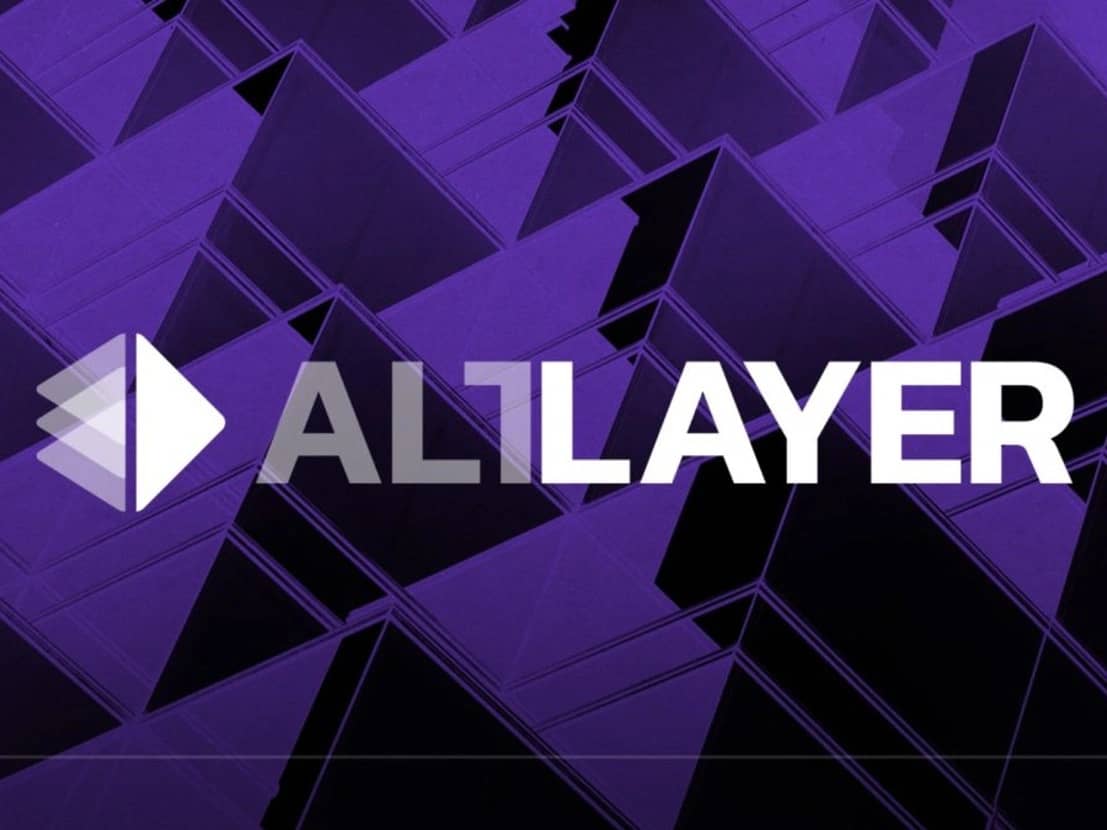
AltLayer Rollup Suite: AltLayer’s suite extends full support to the OP Stack, providing a powerful no-code platform for deploying and managing customized rollups. Its intuitive tools enable rapid scaling for Web3 projects.
-
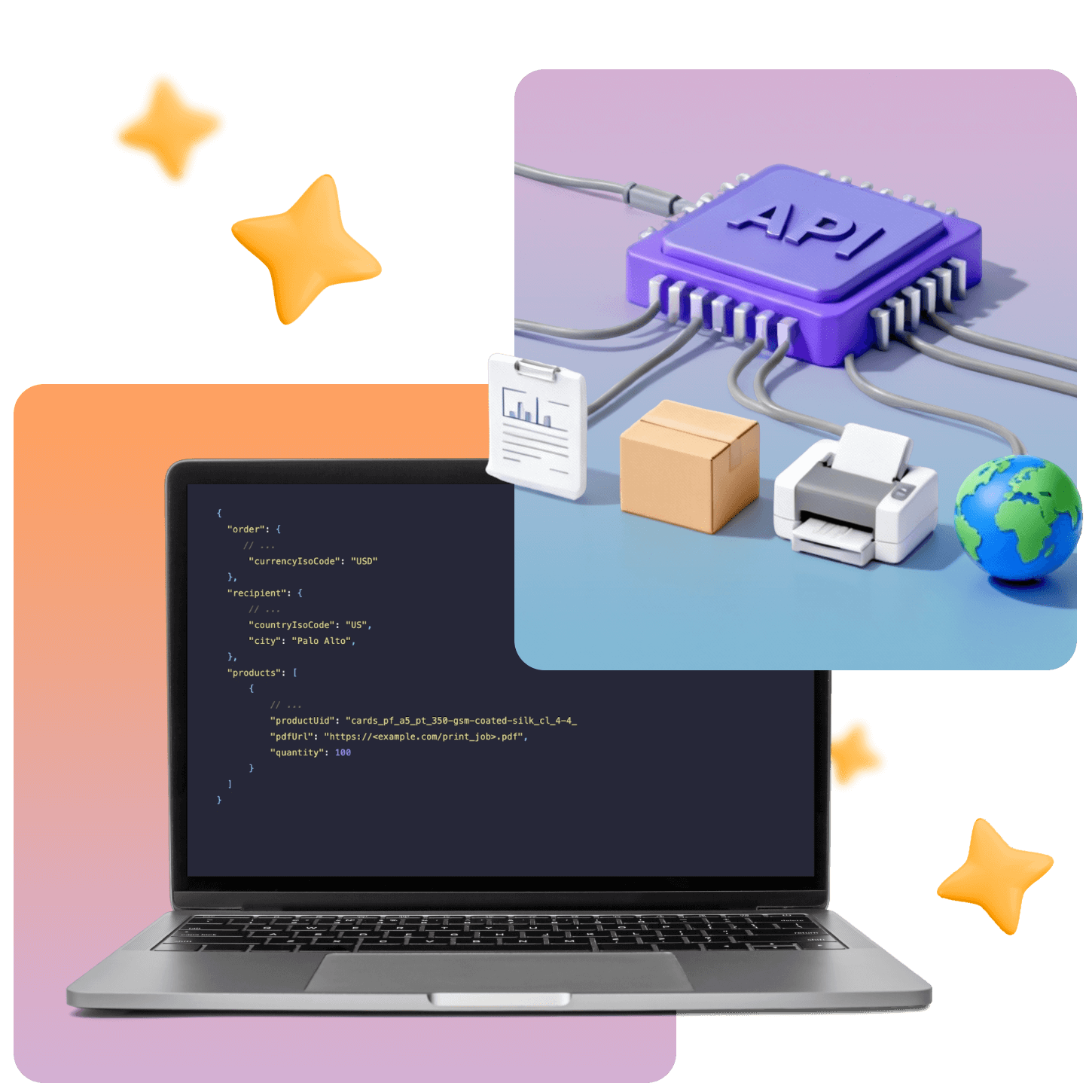
Gelato OP Stack Integration: Gelato has expanded its RaaS platform to support the OP Stack, enabling projects like Lisk to migrate from Layer 1 to Layer 2. This integration brings robust automation and reliability to OP Stack rollups.
If you’re considering launching your own app chain or migrating from Layer 1 to Layer 2, there’s never been a better time. Explore how RaaS platforms enable seamless multi-chain deployment: and why so many teams are making the leap now.
What Comes Next?
The pace of OP Stack deployment shows no signs of slowing. As more RaaS providers enter the space and tooling matures further, expect even greater abstraction, think automated compliance checks, built-in analytics dashboards, or cross-rollup messaging out-of-the-box. The next wave will likely bring even more granular customization for vertical-specific chains (think gaming, identity, enterprise), all secured by Ethereum’s battle-tested base layer.
The bottom line: Rollup-as-a-Service isn’t just a technical convenience, it’s a paradigm shift that’s democratizing blockchain innovation at scale. With Ethereum at $4,070.65 and superchain adoption surging, now is when visionaries build, and thanks to RaaS platforms like Ankr, Asphere No-Code deployer, AltLayer suite, and Gelato’s OP Stack integration, anyone can join the movement.
